APJ Abdul Kalam
Former President of India APJ Abdul Kalam, was one of the most popular scientists this country has produced. He was also one of the most loved leaders of our nation and was called the ‘People’s President’. In July 2015, when Dr. APJ Abdul Kalam died while addressing a group of students in Shillong, the nation erupted in an unprecedented outpouring of grief. The country’s media, social media, and other channels were clogged with mourning messages from millions of Indians. A seven-day state mourning was declared and many nations reacted with condolence messages. His funeral attracted millions to Rameshwaram in a befitting farewell to one of the nation’s greatest leaders and scientists
mahatma gandhi
Mohandas Karamchand Gandhi, more commonly known as ‘Mahatma’ (meaning ‘Great Soul’) was born in Porbandar, Gujarat, in North West India, on 2nd October 1869, into a Hindu Modh family. His father was the Chief Minister of Porbandar, and his mother’s religious devotion meant that his upbringing was infused with the Jain pacifist teachings of mutual tolerance, non-injury to living beings and vegetarianism.
Born into a privileged caste, Gandhi was fortunate to receive a comprehensive education, but proved a mediocre student. In May 1883, aged 13, Gandhi was married to Kasturba Makhanji, a girl also aged 13, through the arrangement of their respective parents, as is customary in India. Following his entry into Samaldas College, at the University of Bombay, she bore him the first of four sons, in 1888. Gandhi was unhappy at college, following his parent’s wishes to take the bar, and when he was offered the opportunity of furthering his studies overseas, at University College London, aged 18, he accepted with alacrity, starting there in September 1888.
Determined to adhere to Hindu principles, which included vegetarianism as well as alcohol and sexual abstinence, he found London restrictive initially, but once he had found kindred spirits he flourished, and pursued the philosophical study of religions, including Hinduism, Christianity, Buddhism and others, having professed no particular interest in religion up until then. Following admission to the English Bar, and his return to India, he found work difficult to come by and, in 1893, accepted a year’s contract to work for an Indian firm in Natal,
jawaharlal nehru
Pt. Jawaharlal Nehru was born in Allabahad on November 14, 1889. He received his early education at home under private tutors. At the age of fifteen, he went to England and after two years at Harrow, joined Cambridge University where he took his tripos in Natural Sciences. He was later called to the Bar from Inner Temple. He returned to India in 1912 and plunged straight into politics. Even as a student, he had been interested in the struggle of all nations who suffered under foreign domination. He took keen interest in the Sinn Fein Movement in Ireland. In India, he was inevitably drawn into the struggle for independence.
In 1912, he attended the Bankipore Congress as a delegate, and became Secretary of the Home Rule League, Allahabad in 1919. In 1916 he had his first meeting with Mahatma Gandhi and felt immensely inspired by him. He organised the first Kisan March in Pratapgarh District of Uttar Pradesh in 1920. He was twice imprisoned in connection with the Non-Cooperation Movement of 1920-22.
Pt. Nehru became the General Secretary of the All India Congress Committee in September 1923. He toured Italy, Switzerland, England, Belgium, Germany and Russia in 1926. In Belgium, he attended the Congress of Oppressed Nationalities in Brussels as an official delegate of the Indian National Congress. He also attended the tenth anniversary celebrations of the October Socialist Revolution in Moscow in 1927. Earlier, in 1926, at the Madras Congress, Nehru had been instrumental in committing the Congress to the goal of Independence. While leading a procession against the Simon commission, he was lathi-charged in Lucknow in 1928. On August 29, 1928 he attended the All-Party Congress and was one of the signatories to the Nehru Report on Indian Constitutional Reform, named after his father Shri Motilal Nehru. The same year, he also founded the ‘Independence for India League’, which advocated complete severance of the British connection with India, and became its General Secretary.
In 1929, Pt. Nehru was elected President of the Lahore Session of the Indian National Congress, where complete independence for the country was adopted as the goal. He was imprisoned several times during 1930-35 in connection with the Salt Satyagraha and other movements launched by the Congress. He completed his ‘Autobiography’ in Almora Jail on February 14, 1935. After release, he flew to Switzerland to see his ailing wife and visited London in February-March, 1936. He also visited Spain in July 1938, when the country was in the throws of Civil War. Just before the court-break of the Second World War, he visited China too.
On October 31, 1940 Pt. Nehru was arrested for offering individual Satyagraha to protest against India’s forced participation in war. He was released along with the other leaders in December 1941. On August 7, 1942 Pt. Nehru moved the historic ‘Quit India’ resolution at the A.I.C.C. session in Bombay. On August 8,1942 he was arrested along with other leaders and taken to Ahmednagar Fort. This was his longest and also his last detention. In all, he suffered imprisonment nine times. After his release in January 1945, he organized legal defence for those officers and men of the INA charged with treason. In March 1946, Pt. Nehru toured South East Asia. He was elected President of the Congress for the fourth time on July 6, 1946 and again for three more terms from 1951 to 1954.
Narendra Modi
On 26th May 2014 Narendra Modi took oath as the Prime Minister of India, becoming the first ever PM to be born after India attained Independence. Dynamic, dedicated and determined, Narendra Modi reflects the aspiration and hope of over a billion Indians.
Ever since he assumed office in May 2014, PM Modi has embarked on a journey of all-round and inclusive development where every Indian can realize their hopes and aspirations. He remains deeply inspired by the principle of ‘Antyodaya’, of serving the last person in the queue.
Through innovative ideas and initiatives, the Government has ensured that the wheels of progress move at rapid pace and the fruits of development reach every citizen. Governance has become open, easier and transparent.
In a first, the Pradhan Mantri Jan Dhan Yojana marked a paradigm shift in ensuring that every citizen is integrated in the financial system of the Nation. His clarion call for ‘Make in India’ complimented by a focus on making business easy has stimulated unprecedented vigour and enterprise among investors and entrepreneurs. Labour reforms and dignity of labour under the ‘Shrameva Jayate’ initiative has empowered several workers of small and medium industries, also providing a boost to our skilled youth.
In a first, the Government of India launched three social security schemes for the people of India and also focused on giving pension to the elderly and insurance cover to the poor. In July 2015 the Prime Minister unveiled the Digital India Mission to create a Digital India where technology plays a key role in bringing a qualitative change on people’s lives.
Pratibha Patil
Pratibha Patil, (born December 19, 1934, Jalgaon, Maharashtra, India), Indian lawyer and politician who was the first woman to serve as president of India (2007–12).
Patil earned a master’s degree in political science and economics at Moolji Jaitha College, Jalgaon, and later received a law degree from Government Law College, Mumbai (Bombay). She joined the Indian National Congress (Congress Party) and entered politics in 1962 as a member of the Maharashtra legislative assembly. While there, she held the portfolio of public health and social welfare and distinguished herself for her loyalty to her party. In 1985 she won a seat in the Rajya Sabha (upper chamber of the Indian parliament), and she served as deputy chairman of that body from 1986 to 1988. Patil left the upper house in 1990 and was elected to represent Amravati in the Lok Sabha (lower house) in 1991. She briefly retired from politics after completing her five-year term but returned to public service in 2004 when she was appointed governor of the northwestern state of Rajasthan.
Her longtime association with the Gandhi family made her a favourite of Congress Party leader Sonia Gandhi, and Patil’s name was brought forward as a candidate for the largely ceremonial role of president in 2007. While previous candidates had been struck down by partners in Congress’s coalition government, Patil’s status as a relative unknown worked to her advantage. She took office in July 2007 and was succeeded five years later by former finance minister Pranab Mukherjee.
Pranab Mukherjee
Pranab Kumar Mukherjee is the thirteenth and present President of India, holding the position since July 2012. An
octogenarian and a member of the Indian National Congress, Pranab Mukherjee is a seasoned Indian politician with a political career span of about six decades. His tenure in Indian politics has seen him serving several ministerial portfolios with élan. He was considered the top troubleshooter of the Indian National Congress Party over the last couple of decades. He remained the Union Finance Minister of India till 2012, before becoming the President of India.
Pranab Mukherjee’s entry into the Parliament was in 1969, helped by the then Prime Minister of India Mrs. Indira Gandhi, when he was elected as a member of the Rajya Sabha or the Upper House of the Parliament. Eventually by 1973 he rose as a minister in the cabinet and emerged as one of the most trustworthy lieutenants of Smt. Indira Gandhi. His first stint in the capacity of a minister was from 1982 to 1984 as the Finance Minister. From 1980 to 1985 he held the key role of the Leader of the House in the Rajya Sabha. After the assassination of Smt. Indira Gandhi in 1984, Pranab Mukherjee lost out in a subsequent power struggle with Shri Rajiv Gandhi, who he considered inexperienced in Indian politics while viewing himself as the rightful successor. This resulted in Pranab Mukherjee forming a new party called the Rashtriya Samajwadi Party, which later merged with the Indian National Congress in 1989 after the two men came to a compromise
Pranab Mukherjee was born on 11 December 1935 in a village called Mirati located in the Birbhum District of West Bengal (Bengal Province of the British Raj). He was the son of Shri Kamada Kinkar Mukherjee and Smt. Rajlakshmi Mukherjee. His father was a freedom fighter and later became a representative of Indian National Congress and a member of All India Congress Committee. From 1952 to 1964 Kamada Kinkar Mukherjee was a West Bengal Legislative Council member. Pranab Mukherjee studied in Suri Vidyasagar College in the Birbhum District of West Bengal. He completed his M.A. in History and Political Science and thereafter an LL.B degree from the University of Calcutta.
On 13 July 1957 Pranab Mukherjee got married to Suvra Mukherjee, who was from Narail in Bangladesh, and migrated at the age of 10 years to Kolkata. They have a daughter and two sons. His daughter is a Kathak dancer. Abhijit Mukherjee, his elder son, contested from the Jangipur in West Bengal in the by-elections and became a Congress MP when his father vacated the seat of Jangipur. Prior to this, Abhijit Mukherjee remained an MLA from a place called Nalhati in the Birbhum District.
Every year Pranab Mukherjee makes it a point to celebrate the Durga Puja with his family and natives at his ancestral place in the village of Mirati. His hobbies include music, reading and gardening.








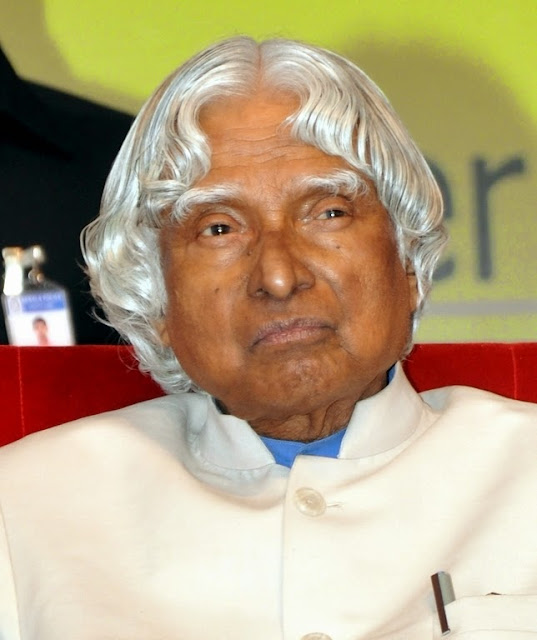

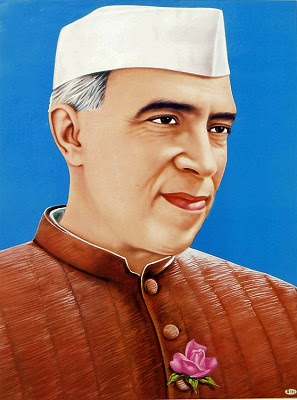
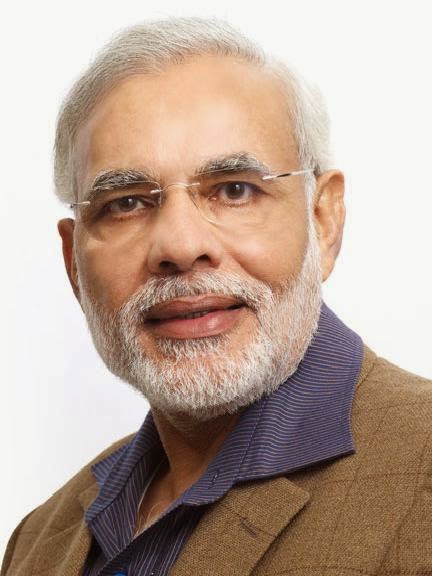
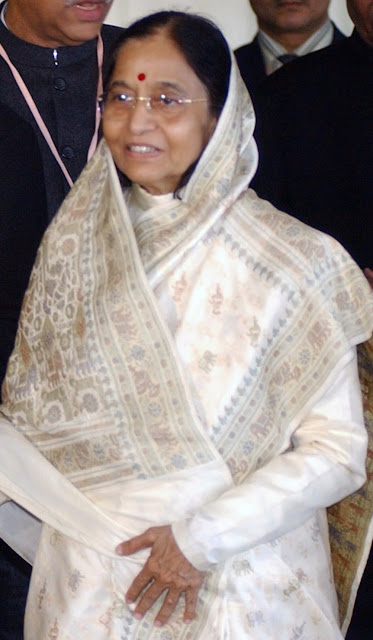
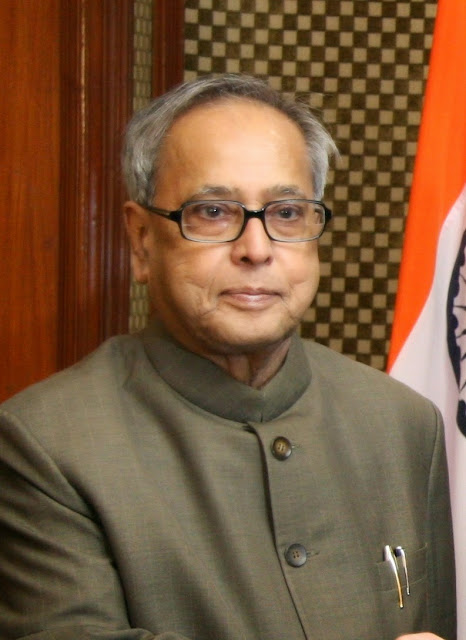
0 comments:
Post a Comment